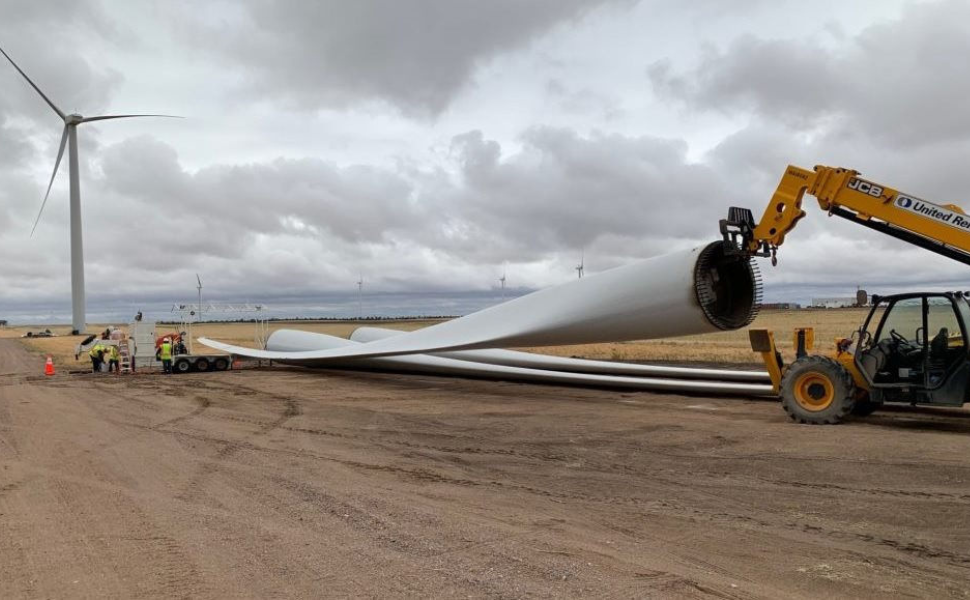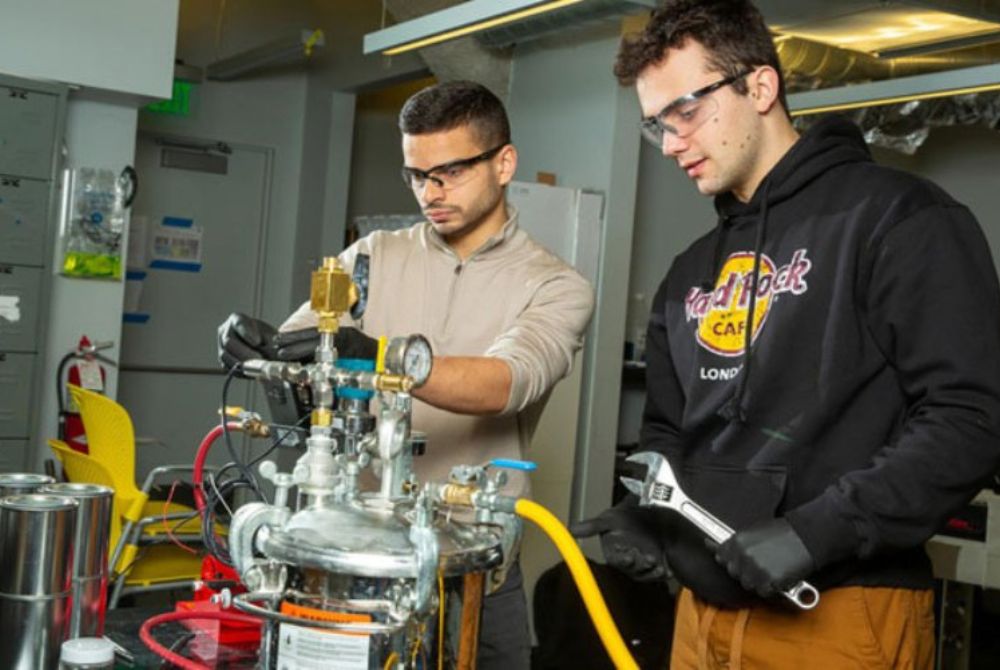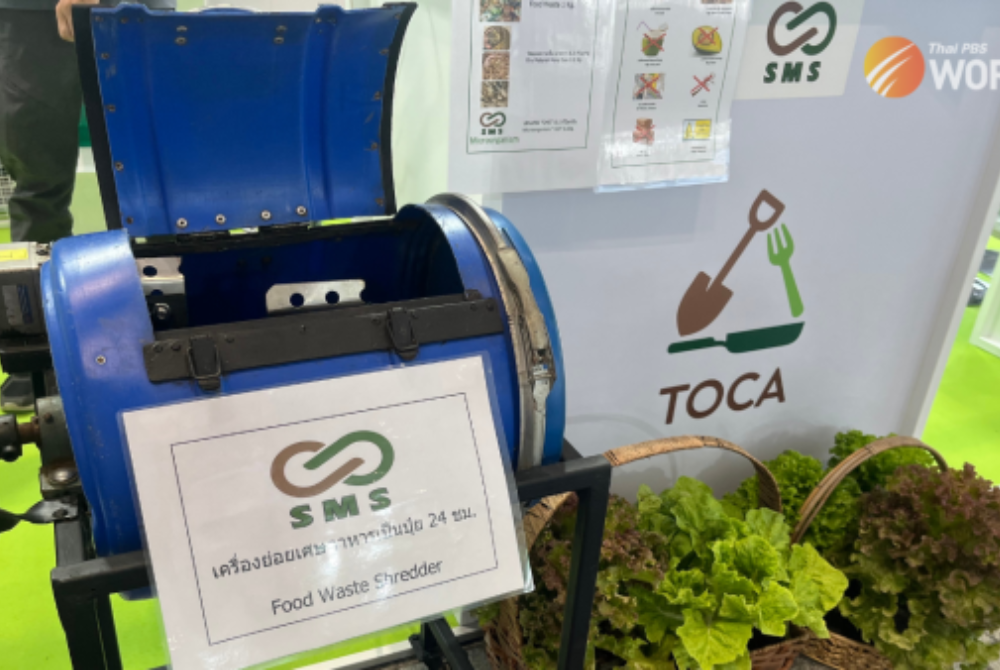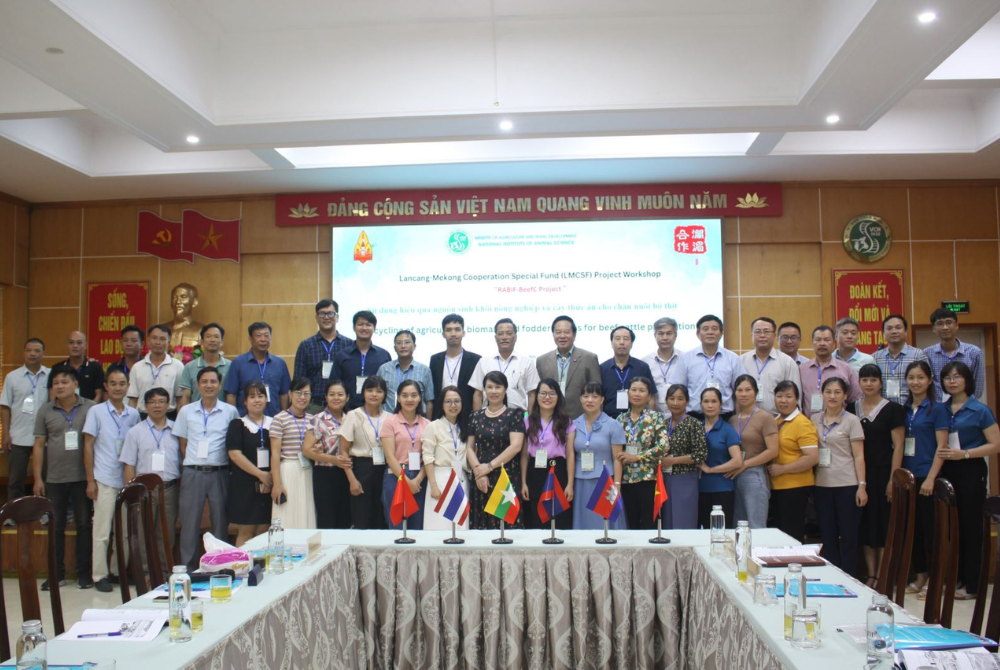Recycle wind turbine blades to produce cement!
GE - Renewable Energy has inked a long-term deal with Veolia North America (VNA) to recover abandoned onshore wind turbine blades throughout the upgrade and component replacement process in the United States.

Under this agreement, the blades, after being removed from the turbine, will be shredded at VNA's plant in Missouri. The scraps are then used as a substitute for coal, sand and clay at cement manufacturing facilities across the United States.
On average, approximately 90% of impeller material (by mass) is reused as raw material for cement kiln. It produces cement, and approximately 28% of the rotor masmanufacture, with more than 65% utilised as a replacement or added to the s drives the chemical reaction in the furnace.
According to Anne McEntee, Executive Director of Digital Services at GE Renewable Energy, managing synthetic waste effectively is a difficulty for both the wind turbine and aircraft industries. Column, maritime, vehicle, and construction. Partnering with VNA allows us to scale and execute quick fan blade recycling across North America, reducing consumer impact and achieving significant environmental benefits. We seek to develop a cyclic model of synthetic materials.
Wind turbine blades are often removed during upgrades or component replacement to improve system performance and longevity without replacing the entire turbine. Longer and lighter blades help turbines generate more energy each year, providing more electricity to homes and businesses.
An environmental impact analysis by Quantis U.S. The results show that recycling fan blades using Co-processing technology in cement kilns brings outstanding efficiency in all criteria.
Compared to traditional cement production technology, recycling turbine blades reduces CO₂ emissions by 27% and water consumption by 13%. Additionally, a 7-ton wind turbine blade recycled through this process will save nearly 5 tons of coal, 2.7 tons of silica, 1.9 tons of limestone and almost a ton of additional raw minerals.
With its primary success in lowering coal usage, the solution also benefits human health, ecological quality, and resource consumption. Cement created from this recycled material has the same qualities and performance as ordinary cement and meets all current American Society for Testing and Materials requirements.
The innovative technology will considerably contribute to the cement industry's decarbonisation efforts. At the same time, GE Renewable Energy is committed to reducing environmental consequences throughout the product's life cycle.
Source: ximang.vn













